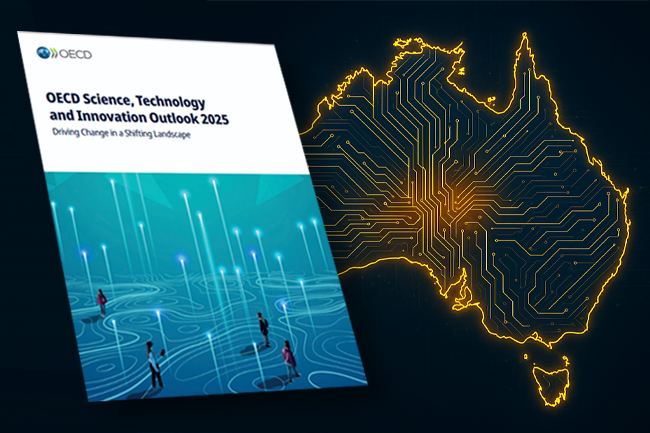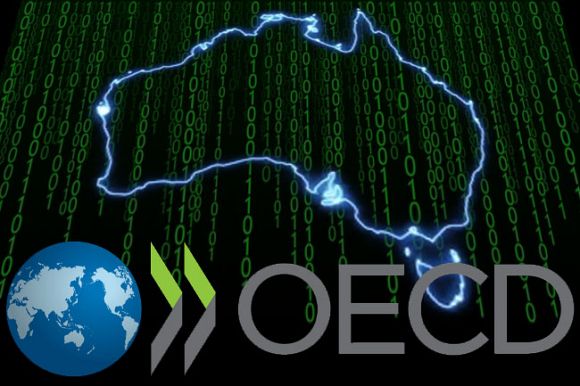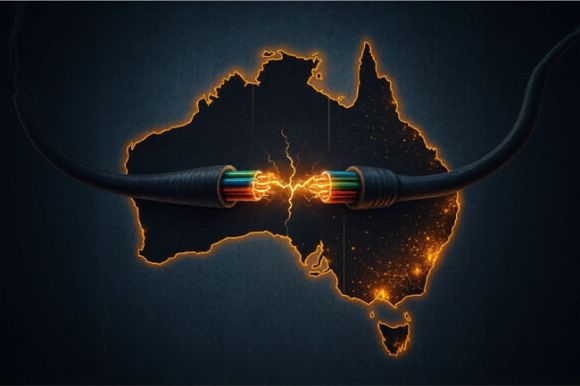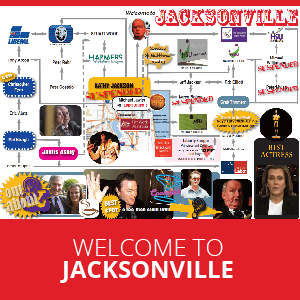A new OECD report warns that without coherent strategy and collaboration, Australia’s tech ambitions risk collapsing under bureaucracy and complacency, writes Paul Budde.
THE OECD’s Science, Technology and Innovation Outlook 2025 warns that nations unable to align strategy, education and industry will fall behind.
For Australia, the warning lights are flashing. We have the frameworks, the rhetoric and the research talent, but not yet the coherence or urgency to turn them into a lasting advantage.
Ambitious frameworks, complex execution
Canberra’s language sounds impressive: more research and development investment, support for quantum and artificial intelligence (AI), advanced manufacturing hubs, and national reconstruction funds. Yet the pattern feels familiar. As I argued here, Australia builds infrastructure but fails to extend it intelligently, leaving the real value creation to American hyperscalers.
Innovation policy too often collapses under partisan agendas and bureaucracy. The OECD notes that agility, not abundance, defines success — yet we keep adding new rules that stifle collaboration.
The long-running political football around the National Broadband Network (NBN) shows how short-termism undermines national innovation. After years of meddling, we ended up with a slower, costlier network that now needs fixing.
Reliance on American low-earth-orbit satellites for rural coverage repeats the same mistake: imported tech without domestic regulation or sovereignty safeguards. Add the lack of mobile roaming and vast regions remain disconnected — proof that Australia confuses infrastructure delivery with genuine innovation.
The human capital gap
The OECD identifies human capital as the biggest driver of innovation. Education, digital literacy and adaptability are Australia’s weak spots. In a previous piece, I noted that a tech-savvy society is not necessarily a wise one. The same applies here: without critical thinking, numeracy and communication, creativity stalls.
Employers report shortages in data and engineering skills while science, technology, engineering and mathematics (S.T.E.M.) enrolments lag and literacy rates fall. The OECD’s warning of a widening skills mismatch is already visible — a decline in curiosity and problem-solving that no grant can fix.
From connectivity to capability
Australia’s science, technology and innovation (STI) dilemma mirrors its telecom history. We built the NBN but not the ecosystem around it — a gap filled by Amazon, Microsoft and Google. We invest heavily in connectivity yet fail to capture the value that flows through it.
The risk is repeating that pattern: constructing the “pipes” while neglecting the digital environment of services, applications and intellectual property. Unless Australia fosters a domestic digital services economy – from AI to sovereign cloud infrastructure – we’ll remain passive consumers in our own market.
The OECD urges nations to think in systems, combining research, infrastructure, regulation and social purpose. For Australia, that means shifting from “fund the lab” to “empower the network”: linking universities, startups and communities so innovation becomes shared rather than bureaucratic.
Collaboration, not isolation
Innovation no longer stops at national borders. The OECD shows how global value chains and data flows define competitiveness, yet Australia’s debate remains inward-looking.
Regionally, we should co-create with Indonesia, Singapore, South Korea and Japan through shared labs and joint ventures that build Indo-Pacific capability. At the same time, collaboration with Western democracies is vital.
In an era of technological rivalry and digital authoritarianism, Australia must work more closely with the EU, Canada, New Zealand, the UK, Japan and Korea to defend democratic values, data sovereignty and open digital standards.
As I wrote here, reliance on foreign tech platforms can compromise both economy and democracy. The same applies to STI: engage globally but retain control over intellectual and digital assets.
Innovation for all, not just the elite
The OECD warns that innovation concentrated in big cities deepens inequality. Most STI activity still clusters in Sydney, Melbourne and Brisbane, leaving regional communities under-connected.
Innovation must also be inclusive and sustainable. Rural industries, First Nations communities and local entrepreneurs contribute ideas that rarely reach policy tables. Australia already has the structures – cooperative research centres, regional development networks, state innovation hubs – but they’re fragmented and under-funded. A coherent national strategy could turn them into a powerful grassroots innovation network.
Australia’s three inflection points
Australia faces three defining choices:
- From investment to ecosystem: Measure success by national-interest outcomes, collaboration and impact, not money spent.
- From connectivity to capability: Move from building networks to nurturing the people and ideas that use them.
- From domestic focus to global integration: Treat innovation as a global conversation, not a national competition.
The way forward
Australia has world-class research, strong institutions and a diverse talent pool. What’s missing is alignment and purpose.
To catch up, we must:
- rebuild foundational education, particularly literacy and S.T.E.M.;
- incentivise not just R&D but commercialisation and export;
- foster regional clusters beyond the East Coast;
- strengthen Indo-Pacific and Western democratic partnerships; and
- replace “announceables” with measurable outcomes.
Conclusion
If Australia treats innovation as another budget line – more grants and glossy launches – we’ll stay spectators in the global STI race. But if we approach it as a national project uniting education, technology and social purpose, we can still lead.
The OECD Outlook 2025 shows the world moving fast. Australia must stop building dumb pipes and start using them intelligently — to power a connected, creative and globally engaged nation.
Paul Budde is an Independent Australia columnist and managing director of Paul Budde Consulting, an independent telecommunications research and consultancy organisation. You can follow Paul on Twitter @PaulBudde.
 This work is licensed under a Creative Commons Attribution-NonCommercial-NoDerivs 3.0 Australia License
This work is licensed under a Creative Commons Attribution-NonCommercial-NoDerivs 3.0 Australia License
Support independent journalism Subscribe to IA.















